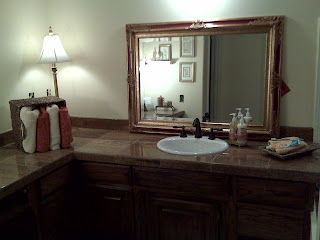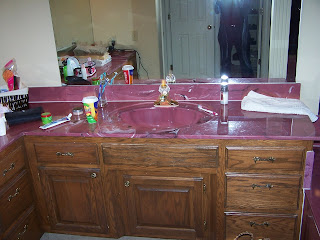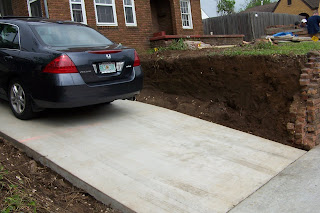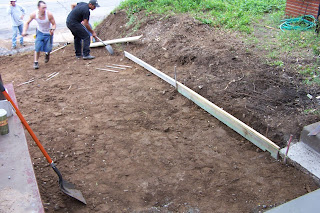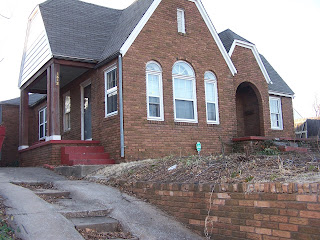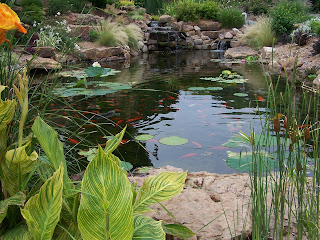
Author's note: Tom attended our recent "Arthaus" event where we focus on promoting local Tulsa artist and their work.
I am impressed with his enthusiasm for collecting art and asked him to share a few words to new collectors.
Because of clients like Tom, EA&I now has a growing collection of artists that will be presenting their work year round. I agree wholeheartedly with his comments presented below....
“Confessions of an Art Collector” by Tom Rink
To be totally honest, it wasn’t until a few years ago that I actually considered myself a “collector.” I have always enjoyed art and would definitely classify myself as an “enthusiast,” but a collector? Collectors had money and tended to buy the expensive “works of the Masters” that I can only dream about (Picasso, Monet, Renoir, Dali, Moran, . . . to name a few of my favorites). The bottom line: I appreciate art, it moves me, and I keep buying more. Therefore, “I am an art collector!”
Now, to the burning question I’ve been asked to answer: “What do I look for when buying/collecting art?” First and foremost (Rule #1), “do I like it?” If I don’t like it, I don’t buy it! Let me repeat this, if I don’t like it, I don’t buy it! This is critical. You don’t want to collect anything that does not bring you joy or pleasure. I never buy art solely for investment purposes.
After that,
I look at the medium being used. Oil? Watercolor? Pastel? Pen and Ink? Pencil? Bronze? Crayon?
I look at the type of art it is. Painting? Glass? Sculpture? Photograph? (Oh yeah, did I mention that I collect more than just paintings?)
I look at the style. Modern? Impressionistic? Realistic? Surreal?
I look at the artist’s origin. Native American? Chinese? Russian? American? European?
I look at the theme. Landscape? Portrait? Animals/Nature? Still Life?
I look at the colors. Bright? B&W? Shading? Pastel? Muted?
I look at the size. Miniatures? Small? Medium? Large? I never worry about “where am I going to hang this one?” I’ve collected a variety of shapes and sizes.
I look for the unique!
And finally, I consider the price.
Last but not least (Rule #2), if I can’t afford it, I won’t buy it. Let me repeat this, if I can’t afford it, I won’t buy it. Ultimately, only you can decide what your comfort level is regarding your disposable income and what you can afford.
Let me leave you with some parting words. None of this happens overnight. You’ve got to get out there and visit galleries, museums, art fairs, etc. Everywhere I go I always find myself looking at what they have on the walls. I am constantly looking for the next acquisition, some new artist to discover. And, I do my homework. I read books or magazines about art, educate myself about the artists and their techniques, I ask questions (of the artists as well as other collectors), and the rest takes care of itself.
Alas, so much art, so little wall space . . . Please feel free to visit my blog to view my growing art collection (http://guncarryinglibrarian.wordpress.com/). I post a few new pieces from my collection each month; eventually I will just have to post the new acquisitions. Until then . . . go forth and start collecting!


